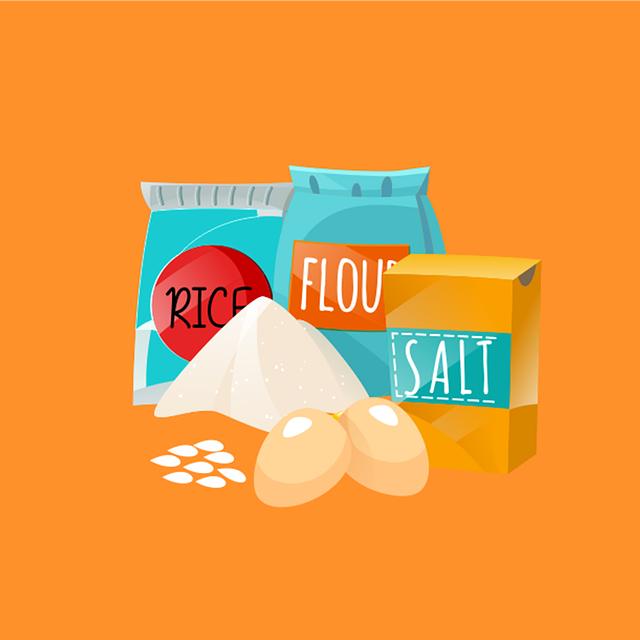The Economics of Rice Production in Pakistan
Rice is more than just a staple food for millions; in Pakistan, it is a cornerstone of the economy. The agricultural landscape of Pakistan is rich and varied, with rice production playing a crucial role in both rural livelihoods and the overall economy. This article delves into the economics of rice production in Pakistan, providing insights into its trends, benefits, challenges, and opportunities for growth.
Understanding Rice Production in Pakistan
Pakistan is among the world’s leading rice producers, primarily known for cultivating two main types of rice: Basmati and Irri. The country’s diverse climate and fertile lands, particularly in the Punjab and Sindh provinces, provide suitable conditions for rice farming.
Current Trends in Rice Production
As of recent years, Pakistan has seen a fluctuating trend in rice production due to various factors, including climate change, water scarcity, and technological advancements. Here’s a brief overview of the production trends:
| Year | Production (Million Tonnes) | Area Harvested (Million Hectares) |
|---|---|---|
| 2018 | 7.5 | 2.8 |
| 2019 | 6.9 | 2.7 |
| 2020 | 7.4 | 2.9 |
| 2021 | 8.0 | 3.1 |
Economic Impact of Rice Production
The impact of rice production on Pakistan’s economy is profound:
- Employment Generation: Approximately 1.5 million farmers are directly employed in rice farming, creating a multitude of jobs in related industries such as milling, transportation, and marketing.
- Contribution to GDP: The rice sector contributes about 1.5% to Pakistan’s GDP, making it a significant agricultural commodity.
- Export Opportunities: Pakistan exports rice to numerous countries, with Basmati rice being particularly popular in international markets.
Challenges Faced in Rice Production
Despite its importance, rice production in Pakistan faces numerous challenges:
- Water Scarcity: Pakistan’s agriculture heavily relies on the Indus River System, which is increasingly strained due to climate change and mismanagement.
- Pest and Disease Management: Farmers often struggle with pests and diseases that affect yield and quality, leading to economic losses.
- Market Fluctuations: Price volatility in local and international markets can impact farmer income and investment capabilities.
Benefits of Investing in Rice Production
Investing in rice production can yield significant benefits:
- Innovative Technologies: Embracing modern agricultural technologies can enhance yields and efficiency.
- Improved Income: Higher productivity leads to better income for farmers and stimulates rural economies.
- Sustainable Practices: Shifting to sustainable practices can improve soil health and optimize water use.
Case Studies: Successful Rice Farmers in Pakistan
Numerous farmers have adopted innovative practices that have turned their rice production into a success story. For instance, a farmer in Punjab utilized advanced irrigation techniques and pest management strategies, resulting in a 40% increase in yield over traditional methods. Such case studies are essential to promote best practices and inspire other farmers.
Conclusion: A Bright Future for Rice Production in Pakistan
The economics of rice production in Pakistan presents a mixed picture of opportunities and challenges. By leveraging modern technologies, addressing water scarcity, and enhancing market access, Pakistan can position itself as a leader in the global rice market. With concerted efforts from the government, NGOs, and farmers, the future of rice production in Pakistan looks promising, offering the potential for sectoral growth and socio-economic development for the country.



